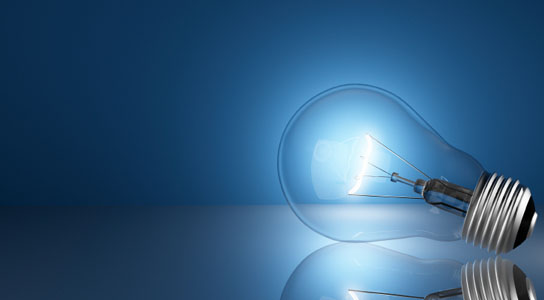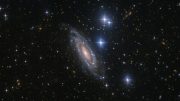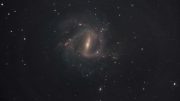
The incandescent light bulb may soon become a thing of the past.
Although Congress defunded the January 1st bill, the federal law still exists and the incandescent light bulb may soon be a thing of the past. It’s a good thing Thomas Edison isn’t here to see these lights go out. New efficiency standards will gradually do away with his creation in favor of new technologies that consume at least 25 percent less energy.
Another factor in play here is that consumers want more energy-efficient options. Starting January 1st, the 100-watt bulb will no longer be manufactured, then in January of 2013 the 75-watt version will be gone and in 2014, the 40-watt and 60-watt bulbs will be no more. Stores can still sell their remaining stock. They just won’t get any more to put on the shelves. When California implemented the standards last year, 100-watt bulbs were still available for a few months.
If you absolutely need to get a 100-watt bulb outside of California, Bill Hamilton of Home Depot says that they have enough stock to last them through June.
These old bulbs will be replaced primarily by LED technology, which is seeing amazing growth thanks to these new standards.









Good point that the sale is not banned,
and that stores are stocking up.
Still, energy saving is not the ONLY reason for choosing a light bulb!
Light bulbs don’t burn coal or release CO2 gas.
If there is a problem – deal with the problem.
Besides, the switchover savings,
even on US Dept of Energy, Canadian and EU institutional figures is less than 1% of total energy use and only 1-2% of total grid electricity.
http://ceolas.net/#li171x
Much more relevant to deal with electricity generation efficiency, grids, and alternative wasteful consumption, as described, than to tell people how they can use the electricity that they pay for.
The so-called “power factor” alone of common CFLs means power plants use twice the energy to what your meter says – which you will still have to pay for.
Meanwhile, the 95% heat production of incandescents is not necessarily a waste in cold conditions,
and the 80% heat production of CFLs is internalized, to give a greater fire risk, while LEDs have brightness and lifespan issues affecting supposed savings… and so on, as on the above Ceolas.net site
All forms of lighting have their advantages – none that are safe to use should be banned (“phased out”).
Banning for general service usage the most efficient way to make bright lighting,
to make broad spectrum lighting, to make it also in attractive clear bulbs, and at a remarkably low price, such that the simple and safe bulbs are so popular that they have to be banned
(no point in banning unpopular products!)
is about as dumb as you can get. In my humble opinion.
LED are ok. The Curly Bulbs SUCK. I hate them. It would make more sense I think, to make smaller conventional bulbs and facilitate recycling them.